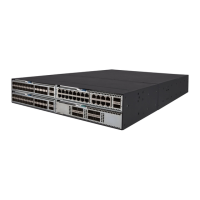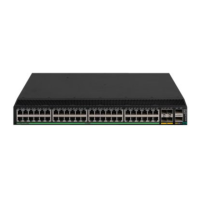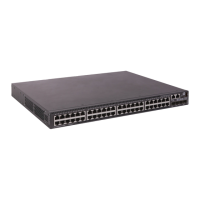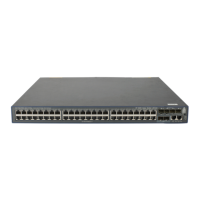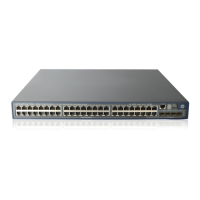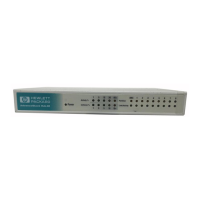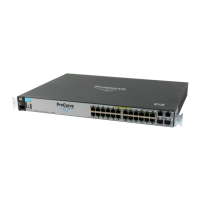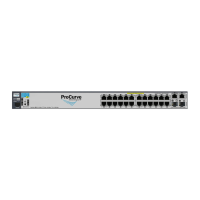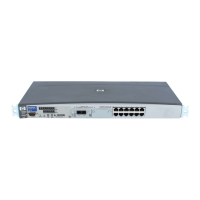440
3. Disable interfaces from
receiving and sending
OSPFv3 packets.
silent-interface
{ interface-type
interface-number |
all
}
By default, the interfaces are able
to receive and send OSPFv3
packets.
This command disables only the
interfaces associated with the
current process. However,
multiple OSPFv3 processes can
disable the same interface from
receiving and sending OSPFv3
packets.
Enabling logging for neighbor state changes
With this feature enabled, the router delivers logs about neighbor state changes to its information
center. The information center processes logs according to user-defined output rules (whether to
output logs and where to output). For more information about the information center, see Network
Management and Monitoring Configuration Guide.
To enable logging for neighbor state changes:
1. Enter system view.
system-view
N/A
2. Enter OSPFv3 view.
ospfv3
[ process-id |
vpn-instance
vpn-instance-name ] *
N/A
3. Enable logging for neighbor
state changes.
log-peer-change
By default, this feature is enabled.
Configuring OSPFv3 network management
This task involves the following configurations:
Bind an OSPFv3 process to MIB so that you can use network management software to manage
the specified OSPFv3 process.
Enable SNMP notifications for OSPFv3 to report important events.
Set the SNMP notification output interval and the maximum number of SNMP notifications that
can be output at each interval.
SNMP notifications are sent to the SNMP module, which outputs SNMP notifications according to the
configured output rules. For more information about SNMP notifications, see Network Management
and Monitoring Configuration Guide.
The standard OSPFv3 MIB provides only single-instance MIB objects. To identify multiple OSPFv3
processes in the standard OSPFv3 MIB, you must assign a unique context name to each OSPFv3
process.
Context is a method introduced to SNMPv3 for multiple-instance management. For SNMPv1/v2c,
you must specify a community name as a context name for protocol identification.
To configure OSPFv3 network management:
1. Enter system view.
system-view
N/A

